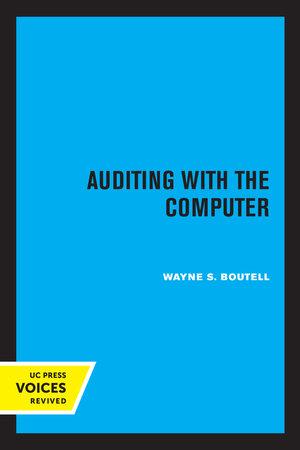Question
Question 2: Accounting & Finance (30 marks) A. In deriving the cash generated from operations, we add the depreciation expense for the period to the
Question 2: Accounting & Finance (30 marks)
A. In deriving the cash generated from operations, we add the depreciation expense for the period to the profit before taxation. Explain why. (10 marks)
B. The relevant information from the financial statements of ABC plc for last year is as follows:
|
| $m |
| Profit before taxation (after interest) | 200 |
| Depreciation charged in arriving at profit before taxation | 40 |
| Interest expense | 5 |
| At the beginning of the year |
|
| Inventories | 14 |
| Trade receivables | 24 |
| Trade payables | 9 |
| At the end of the year |
|
| Inventories | 28 |
| Trade receivables | 20 |
| Trade payables | 15 |
The following further information is available about payments during last year:
|
| $m |
| Interest paid | 1 |
| Taxation paid | 5 |
| Dividends paid | 6 |
Prepare a statement of cash flow for operating activities for ABC plc. (20 marks)
Question 3: Accounting & Finance (40 marks)
Capital investment decisions look at how businesses should assess proposed investments in new plant, machinery, buildings and other long-term assets. The essential feature of investment decisions is time. There are different approaches/methods used by businesses to evaluate investment opportunities such as accounting rate of return, payback period, net present value, and internal rate of return.
Suppose that you are an analyst for a company considering investments in three projects with the same class of risk listed in Table 1. Your manager has asked you to rank the projects and recommend the best two projects that the company should accept. Note that the companys cost of capital is 10%.
Table 1: projects free cash flow
| Year | Project 1 | Project 2 | Project 3 |
| 0 (initial investment) | $ (10,000) | $ (10,000) | $ (10,000) |
| 1 | 16,000 | 4,000 | 6,000 |
| 2 |
| 6,000 | 2,000 |
| 3 |
| 2,000 | 8,000 |
| 4 |
| 4,000 | 0 |
Questions:
- Can you rank the projects by simply comparing the cash inflows and outflows for the projects? Explain why? (2 marks)
- Use the quantitative methods (payback and NPV) you have learned in this module to evaluate the projects. (24 marks)
- Calculate IRR for project 2 and project 3. Interpret your results (6 marks)
- Based on your results, recommend the best two projects that the company should accept. (2 mark)
- Which quantitative ranking method is better? Why? (4 marks)
- Suppose that projects 1 and 3 are mutually exclusive, does your decision differ from the ranking obtained from step 3 above. (2 marks)
Step by Step Solution
There are 3 Steps involved in it
Step: 1

Get Instant Access to Expert-Tailored Solutions
See step-by-step solutions with expert insights and AI powered tools for academic success
Step: 2

Step: 3

Ace Your Homework with AI
Get the answers you need in no time with our AI-driven, step-by-step assistance
Get Started


